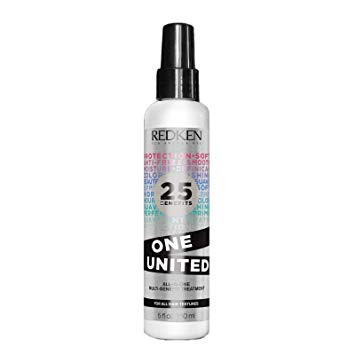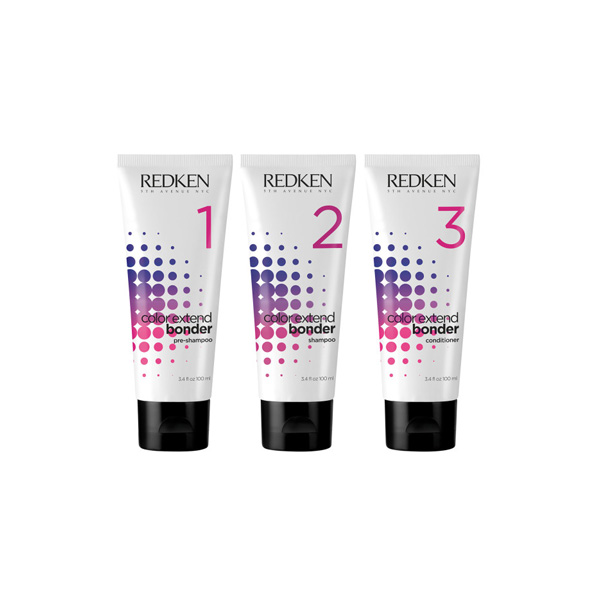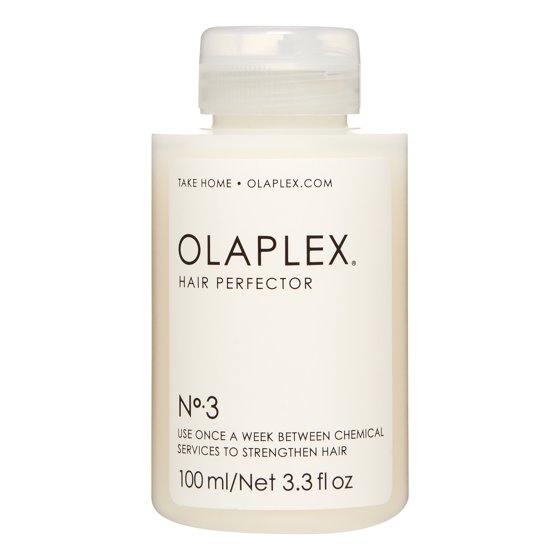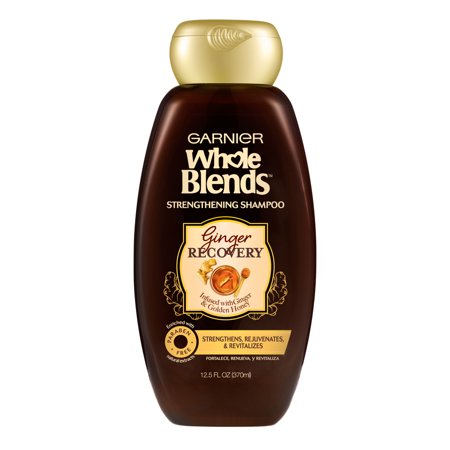How to Find the Perfect Blonde for Your Skin Tone, According to a Celeb Colorist
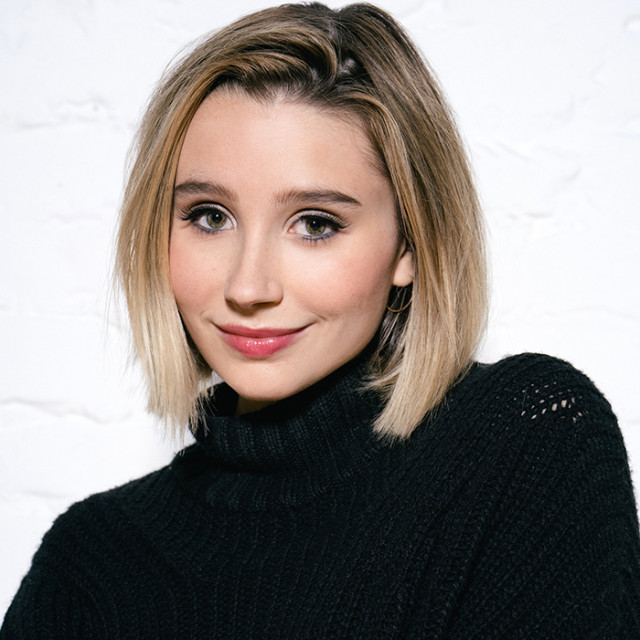
High risk, high reward: Going blonde is a bold move. When the color comes out right, you end up looking like a celebrity. But if the blonde is a little too brassy or ashy or one-dimensional or just all wrong for your skin tone, then you've just wasted a ton of time and money at the salon. I've been there. Don't scroll back to my Instagram photos from 2014.
That's just the thing, though: There's isn't only one skin tone that can pull off blonde. If you follow the five key pieces of advice below, it's possible to find a super-flattering blonde hair color whether you have deep skin with red undertones, medium skin with neutral undertones, fair skin with yellow undertones, or any combination of dark and light, warm and cool.
To help you come out of the salon with the most becoming blonde possible, we hit up one of the most skilled blonde colorists in the business, Matt Rez, a Redken Color Ambassador and celebrity colorist at Mèche Salon in Beverly Hills. Rez is responsible for the blondes we've seen on Chiara Ferragni, Lili Reinhart, Eiza González, and more (including me!). Keep scrolling for his extremely useful tips for finding the best blonde for your skin tone.
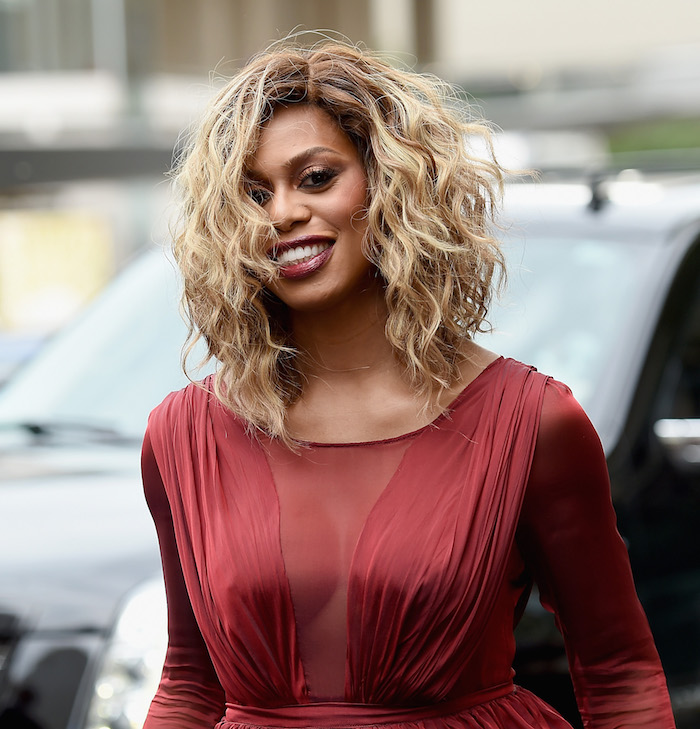
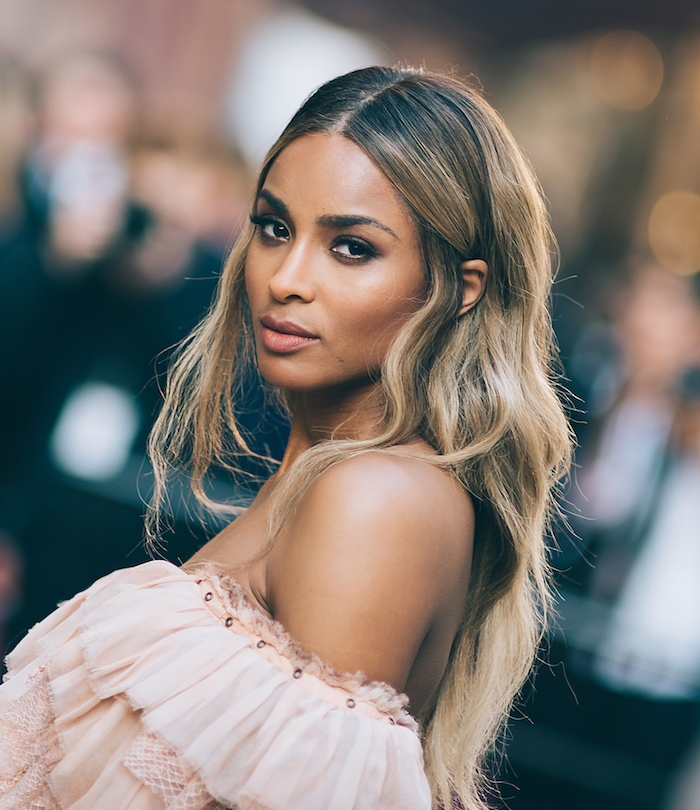
1. Keep your base color natural (or close to it).
Keeping your base color natural or as neutral as possible is what Rez calls his biggest general rule. "Embracing and incorporating your natural or what was your natural pre-going-white (gray is an illusion) hair color is key when going blonde!" he says. "Our skin tones and hair color play off of each other, so by eliminating your base color, the final blonde result completely will cause for a clash."
A neutral base will be the most flattering place to build from. Not to mention, lifting your base too high could result in brassiness and even more damage to the hair. "Avoid base bumps and lifting your base color when possible to avoid the unwanted red and orange brassy tones when going blonder," Rez says.
2. The blonde should have the same balance of warm, cool, and neutral tones as your skin.
"No one has all one-tone skin. We would be completely flat and cartoon-like if we did," says Rez. We all have shadows, contours, freckles, and different undertones in various areas of the face. And just like we have balances of neutral, warm, and cool tones in our skin, we need them in our hair. "Our hair color needs to reflect that, especially if we are going lighter," Rez says, "so I always make sure there is a mirrored equal balance of those tones in my clients' hair color in order to be a flattering color change."
For example, Ciara in the photo above has overall cooler undertones than Zendaya, so Ciara's color ends up in the taupe region of the blonde spectrum, while Zendaya's is more golden. Their skin isn't 100% cool or warm, but that balance will look slightly different for everyone.
Achieving the ideal tonal balance is not something all colorists do automatically, but Rez accomplishes it using a customizable technique he invented called the Midlight color technique (sort of like a more complex balayage), which basically means he incorporates a client's base with multidimensional highlights that are tonally balanced and connected.
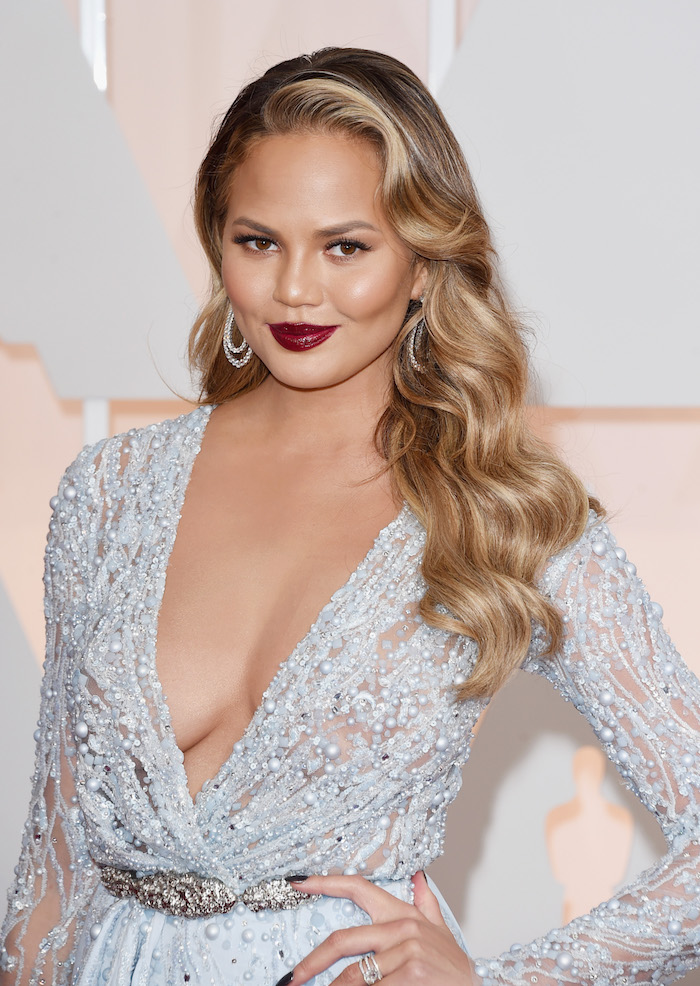
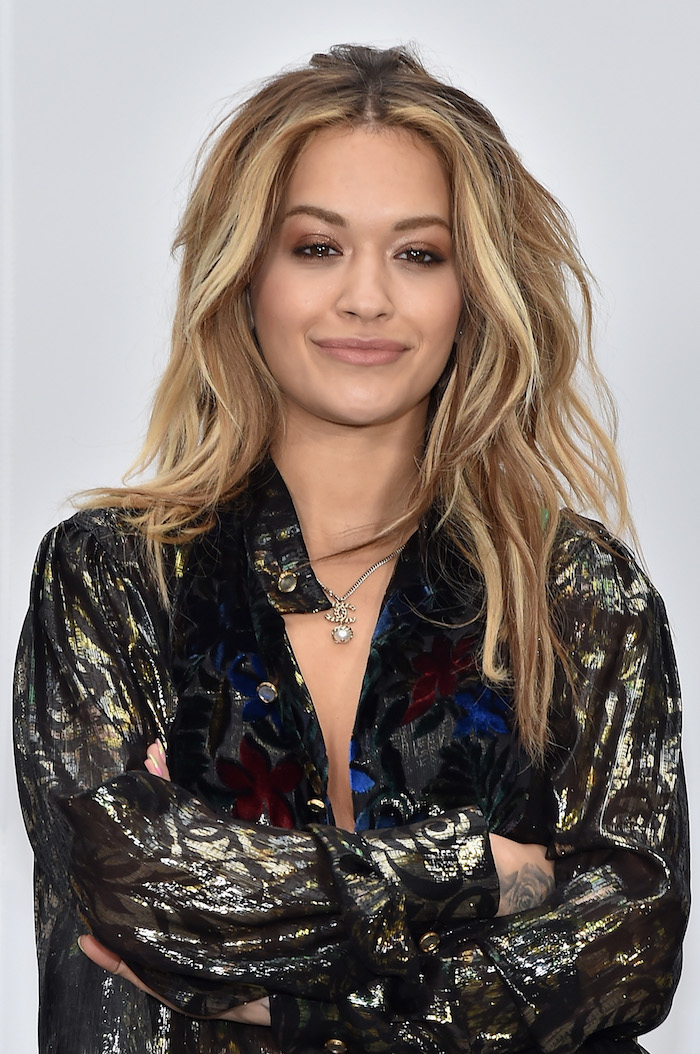
3. Know the difference between cool and warm versus light and dark to accurately communicate to your colorist.
"Getting the verbiage right is key," emphasizes Rez. "Knowing the difference between warm versus cool and lighter and darker is huge." Warmer blonde doesn’t always mean darker (I'm personally guilty of this misconception), and cool doesn’t necessarily mean ashy (again, guilty). "There are so many variations of cool blondes," says Rez. For examples, check out the differences between the cool blondes on Sofia Boutella in the photo just below and Margot Robbie at the bottom of the story.
4. Don't expect the exact same result as your photo reference.
Speaking of accuracy, Rez cautions against expecting your colorist to re-create the precise color of the reference photo you bring in to show them. In artificial color as in natural color, no two people will ever have the exact same color. "It's a reference and or an inspiration photo—a variation of that may be possible," says Rez. "Think similar, not same."
Also, avoid bombarding your colorist with too many photo references. "Don't take five different photos for options," he advises. "Do your research and pick one as a guideline."
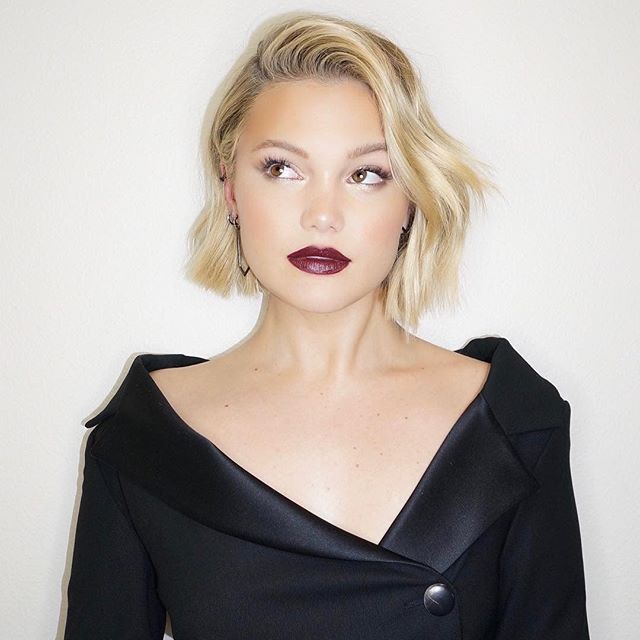
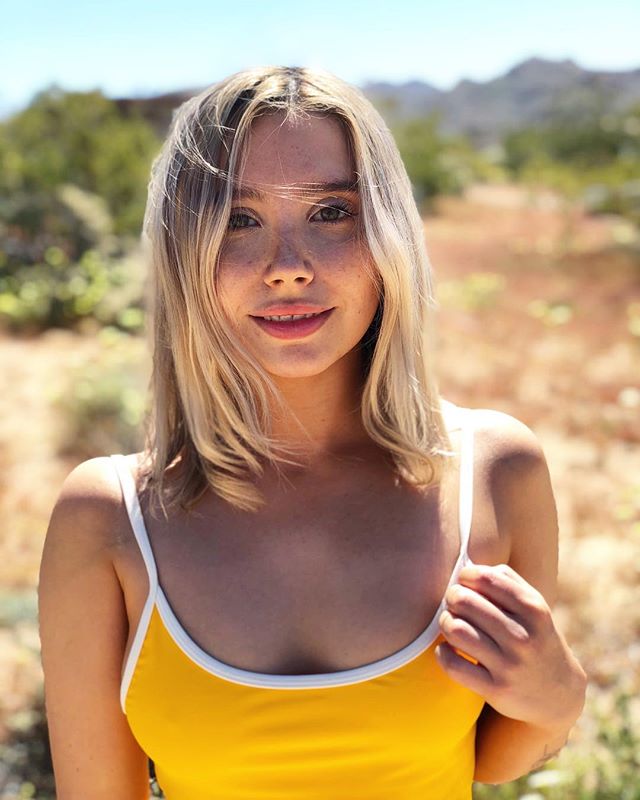
5. Use at-home treatments to keep your blonde healthy and bright.
If all goes well, you should leave the salon with the most flattering blonde for you. But of course, going blonde doesn't stop once you get home. Using heat-protectant sprays and repairing masks (Matt recommends two Redken products below) will keep your hair healthy, while purple shampoo and conditioner (my favorites are by Kristin Ess) will maintain your bright, non-brassy hue.
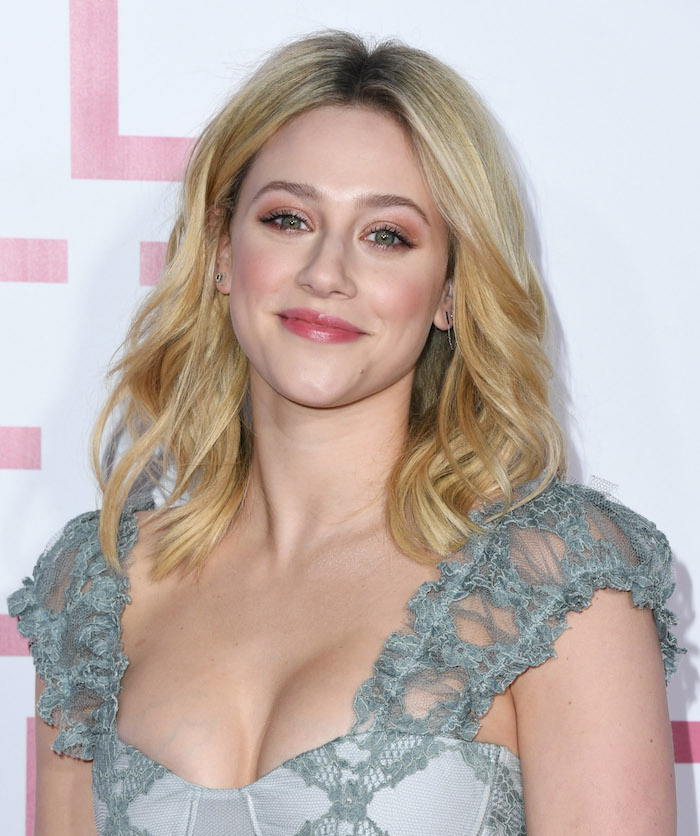
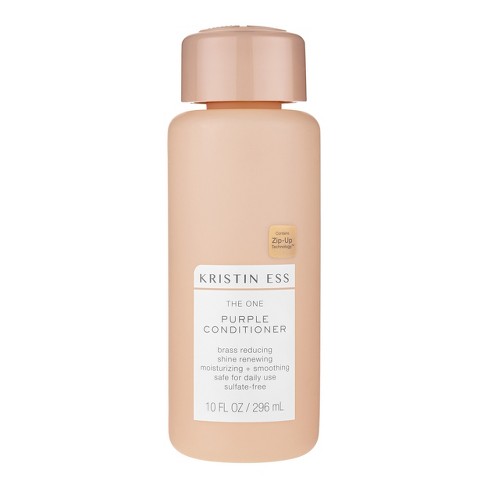
Next: The 15 Best Dry Shampoos to Sop Up Summer Hair Sweat

Tie among Linda Rodin, Hari Nef, and David Bowie.
Who are your 5 favorite people to follow on Instagram?@petracollins @katiejanehughes @alwaysjudging @bonnyrebecca @hotdudesreading
What's the beauty essential you can’t live without?If I have some brow gel and Sisley's Phyto-Lip Twist, I'm good to go forever.
What's your desert island album?Death Cab for Cutie's Transatlanticism
What's your favorite Byrdie.com story?Game of Thrones's Nathalie Emmanuel looks so achingly beautiful in our feature with her that I think it's gonna have to be that!
